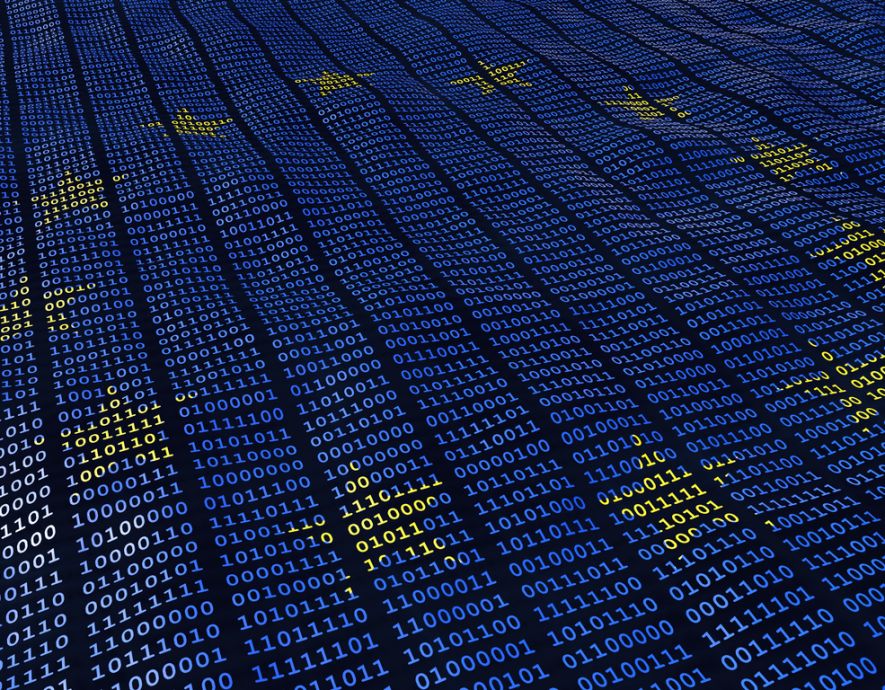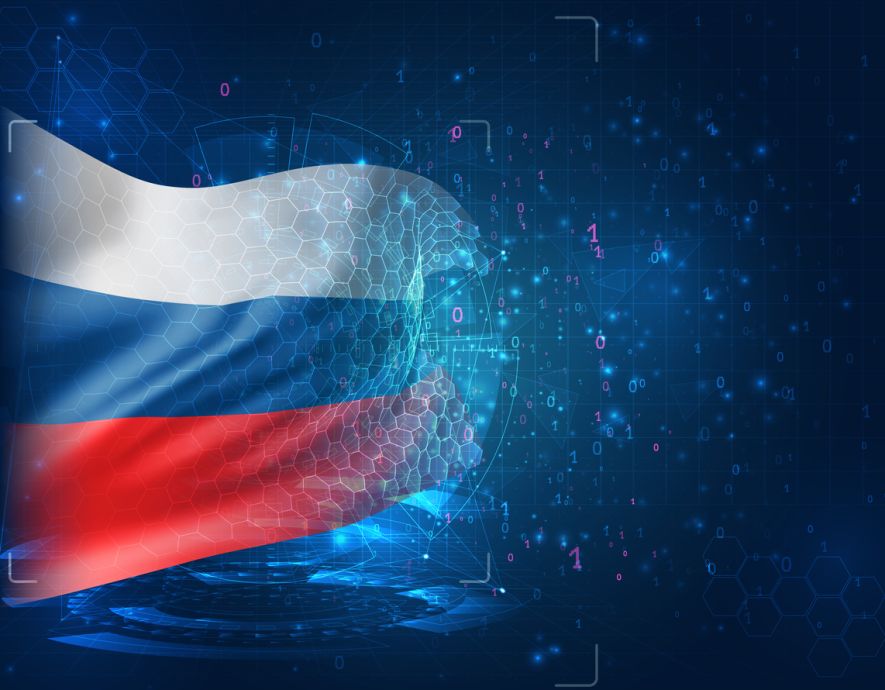
- Home
- Cyber stability
- Submarine cables: the future of the Internet is under the sea
Submarine cables: the future of the Internet is under the sea


The 2Africa submarine mega-cable was recently connected to Marseille. This pharaonic project illustrates the geopolitical, economic, and political stakes of this little-known face of the Internet. In the age of the fourth industrial revolution, which is based on data, globalization is hanging by a thread… Or should we say a cable. Here’s an overview.
Geography does not lie, even for an apparently dematerialized activity like the Web: from caravels to fiber optics, technologies evolve, but maritime routes remain.
Marseille, once a hub for Mediterranean trade, is now on its way to becoming the fifth largest Internet hub in the world. On November 8, the city of Marseille was connected to 2Africa, the world’s future longest data cable. And it’s no coincidence: at the crossroads of the undersea information highways to Africa, the Middle East and Asia, it is also connected to major European cities. And, if 2Africa is the sixteenth cable to « land » in Marseille, it is also because the city is home to numerous data centers, allowing traffic to be optimized.
For the public often forgets: our WhatsApp calls, our Netflix series, our video conferences on Teams or our collaborative work with a team of Indian developers, so-called « immaterial » activities, would not be possible without a solid material base. In this case, the 448 undersea cables, totaling 1.3 million kilometers (32 times the circumference of the Earth), provide 99% of intercontinental Internet connections.
Yet there is nothing impressive about fiber optic cables: « Physically, a submarine cable is just like a garden hose », reminded Jean-Luc Vuillemin, Executive Vice President of Orange International Networks, Infrastructures & Services, at the inCyber breakfast on January 27, 2021, dedicated to the « submarine cable war ».
2Africa alone illustrates most of the challenges associated with this strategic activity. First of all, it represents an industrial challenge: once completed in 2024, its 45,000 kilometers of fiber optics will interconnect 33 countries, from Africa to Europe, including the Middle East and India.
Threats on sovereignty
This is a major achievement by the French company ASN (Alcatel Submarine Networks), one of the four leading players in this market, alongside the American company SubCom, the Japanese company NEC and the Chinese company Huawei Marine. Great news? Not quite, as this nugget fell into Nokia’s lap in 2015, when Alcatel was controversially sold to the Finnish corporate giant.
While the company remains based in the Hexagon -more precisely, in Calais-, it is no longer France that has control over this strategic tool of national independence. After much procrastination (ASN was for sale for years and underwent several social plans), Nokia decided in 2021 to inject 360 million euros over three years into its subsidiary.
This renewed interest has been triggered by the rapidly evolving submarine cable market: once the exclusive preserve of telecom operators and sometimes governments, it is now being boosted by the GAFAMs, which are increasingly hungry for bandwidth. Whether alone or in consortia, they are constantly building cables under all oceans. Since 2010, Google has invested in 15 undersea cables, five of which it owns exclusively. « Soon, 95% of transatlantic communication capacity will be controlled by the GAFAMs », said Jean-Luc Vuillemin.
2Africa is the result of collaboration between China Mobile International, Meta (Facebook’s parent company), MTN GlobalConnect, Orange, STC, Telecom Egypt, Vodafone and WIOCC. A stranglehold of the Web giants that could well undermine the so-called Net neutrality, a principle that ensures that data from all Web players are treated equally. If AWS (Amazon Web Services) pulls cables between its data centers on both sides of the Atlantic, isn’t it to maximize its traffic at the expense of its competitors? Nevertheless, Meta assures that all African countries served by 2Africa will benefit from neutral data centers at their landing points, not belonging to a sole operator.
GAFAMs at the forefront of the game
We would like to believe in it, but this project places the connected countries in a situation of dependence on private actors. This is a great challenge to their independence, because these actors control more and more networks and content, without governments – and local companies – having any say in the matter. GAFAM’s intense lobbying of governments and organizations such as the European Union to influence legislation governing digital technology is based on this particular strength.
« Given the predominance of private actors, could we end up with a form of monopoly of the GAFAMs on submarine cables? They have significant financial resources to shape the Internet« , said Camille Morel, a researcher at the Lyon Center for International Security and Defense Studies (CLESID), during the same inCyber meeting.
This concern is all the more acute since most of these actors come from the United States. And since Edward Snowden’s revelations, we know that Washington and its allies do not hesitate to intercept communications that transit through these cables on a massive scale. On a much smaller scale, other countries such as Russia have listening capabilities, mainly via spy ships or submarines.
« The EllaLink cable between Europe and South America was born from a scientific initiative: to transmit data between observatories in Chile and European labs. In 2014, Dilma Rousseff [president of Brazil from 2011 to 2016, ed.] announced that it was created to bypass the U.S. after the Snowden revelations. This was only partly true« , explained Felix Blanc, head of the Public Policy and Global Infrastructure office of the NGO Internet Sans Frontières at the breakfast devoted to « the cable war. »
Beyond the issue of espionage, many countries simply do not want all their traffic to transit through the United States. Indeed, the transatlantic and transpacific routes are by far the most densely populated with submarine cables: not only were the Americans pioneers of the Internet, but they were also the ones who built these infrastructures. Most of the data we consume is still hosted on the new continent.
Bypassing Uncle Sam
However, direct connections between South America, Africa and Europe, or between the BRICS ( particularly South Africa, India and Brazil) are becoming more common, and the possibility of running cables under the Arctic may well shake things up again. The determination of many countries to bypass Uncle Sam meets the desire of GAFAM to reach new customers: the 2Africa route responds to this dual injunction.
Moreover, the presence of a Chinese player in the consortium at the head of this project is no accident. It is clear that the deployment of submarine cables is a response to geopolitical issues, and the growing rivalry between Washington and Beijing is also reflected in this area. The Chinese Empire is consolidating its penetration in Africa through as many submarine cables, such as 2Africa, but also PEACE, which connects Marseille (again) to East Africa and Pakistan… A country that will be connected to China through the new silk roads. Indeed, these routes are not only commercial, but also digital, with the deployment of ad hoc networks.
« The Silk Roads are an operation to project Chinese influence around the world. Although it needs logistical support -in the broadest sense of the term-, such as trains, ships, planes, etc., it also needs a digital infrastructure, and submarine cables are one of the vectors« , analyzed Jean-Luc Vuillemin.
In its own backyard, Beijing is multiplying the number of undersea connections between Asian megacities. Washington is trying to curb this appetite: in 2013, it blocked the deployment of a cable linking New York to London on the grounds that the Chinese Huawei was a stakeholder. More recently, in 2020, U.S. authorities lobbied heavily for the Pacific Light Cable Network (PLCN) to connect Los Angeles to Singapore rather than Hong Kong.
The Digital Silk Roads
Could this rivalry go as far as sabotaging these installations? This is unlikely to happen outside of a high-intensity conflict. Unless many cables are hit, the impact would be limited. Moreover, fears of such actions on the part of Russia, in retaliation for the attack on the Nord Stream gas pipelines on September 26, have proven to be unfounded. However, there have been documented cases of sabotage, such as the cutting of the Sea-Me-We 4 submarine cable by divers off the coast of Egypt in 2013.
Physically, submarine cables are more susceptible to natural wear and tear (they are constantly monitored and maintained) or accidents (anchors or fishing nets that pull them from the seabed). In 2015, Algeria was disconnected for ten days after such an accident. And nature can also be quite harsh towards these installations: in 2011, the earthquake off the coast of Japan had cut most of the cables linking Asia to North America, causing serious economic and financial losses to the region.
But 2Africa may have even more to fear from its main beneficiaries: some states do not hesitate to shut down the Internet, including physically, in an attempt to ward off social or political turmoil. « In 2017, Cameroon cut the cable that served the country’s English-speaking regions in an attempt to quell the protest movement taking place there. As a result, the country has been in a state of quasi-civil war ever since« , explained Felix Blanc in January.
Eventually, 2Africa should be able to connect three billion people, according to Meta. This is only possible if the countries being served play the game and deploy the corresponding infrastructure on land. Because undersea cables have only one flaw: they do not miraculously make remote regions of connected countries more accessible, nor do they bring countries without access to the sea out of their isolation. And this is perhaps where swarms of low-earth orbit satellites, like those of Starlink, could gain some revenge on fiber optics.
the newsletter
the newsletter



